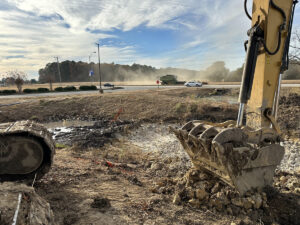Restoration
Landscaping for Water Quality

When rain falls in a natural setting, it’s naturally filtered — through soils and groundwater or soaked up by vegetation. When land is developed, however, impervious surfaces (roads, rooftops, driveways, parking lots) prevent that filtering, which can lead to erosion in some places, flooding in others, and does lead to rainwater full of pollutants — suspended solids, nutrients (nitrogen and phosphorus), heavy metals, toxic organic pollutants and petroleum compounds — running directly into your waterways.
To deal with the increased problems from polluted stormwater runoff, Sound Rivers began a restoration program of on-the-ground projects to restore water quality in 2010. Since — courtesy of the state Environmental Enhancement Grant Program — we’ve partnered with many grade schools and community colleges across the Neuse and Tar-Pamlico watersheds to resolve their stormwater runoff issues in a variety of ways.
Rain Gardens
Rain gardens are landscaped depressions that collect stormwater runoff, then allow the runoff to slowly infiltrate to the ground-water table. A rain garden cuts down on localized flooding and allows nature to remove some of the pollutants otherwise affecting downstream water quality. During infiltration, plants use excess nutrients for growth, sediment is trapped in the garden and biological and physical processes remove pollution. Rain gardens also create important habitat for bees, butterflies, birds and other wildlife.

Constructed Wetlands
A constructed wetland is exactly what it sounds like: a manmade wetland that mimics the processes of the natural kind. Constructed wetlands collect and temporarily store stormwater runoff, reducing and stabilizing flow to adjacent natural wetlands and streams.
The bonus is — just like with natural wetlands — sediment settles and multiple pollutants are taken up and transformed by wetland plants and microbes, which reduces the number of pollutants entering your groundwater and waterways.

Rainwater Harvesters
A rainwater harvester is a fancy name for “a tank collecting rain from a rooftop.” One of the impervious surfaces we don’t often think of is, quite literally, above our heads. During a hard rain, rooftops can sluice off tens of thousands of gallons of water, but a rainwater harvester collects that runoff which then becomes a non-potable water source to be used for a variety of purposes, including irrigation of vegetables in raised beds (West Craven High School) and watering a football field (Epiphany School).
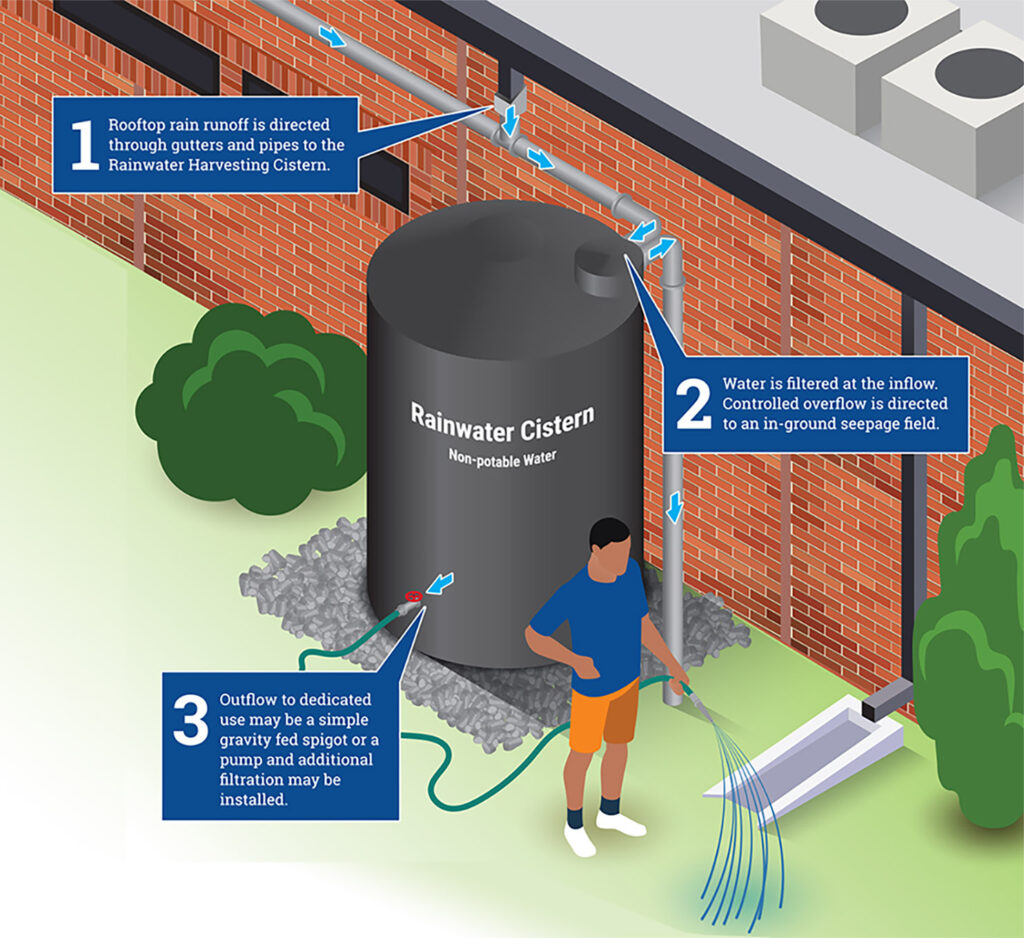
Latest News
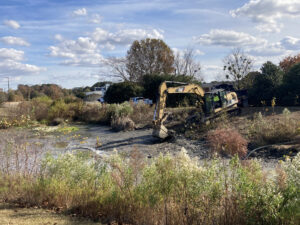
Position available: Stormwater Education Coordinator
April 18th 2024
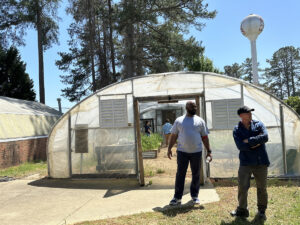
Southern Nash next in line for stormwater projects
April 18th 2024
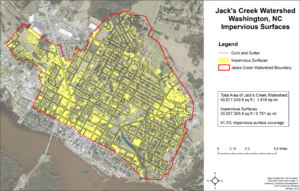
Feedback needed for Jack’s Creek plans, projects
April 11th 2024
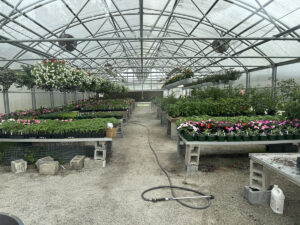
New cistern project on go
April 11th 2024
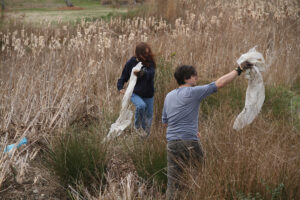
Sound Rivers, Environmental Alliance club team up for a wetland cleanup
February 29th 2024
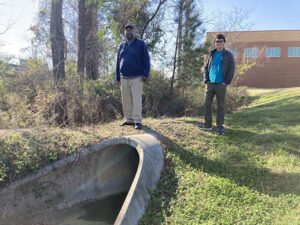
Sound Rivers seeking qualified engineering firms for project
January 26th 2024
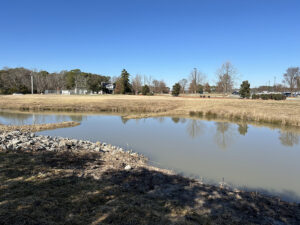
Wayne Community College wetland passes first test(s)
January 11th 2024
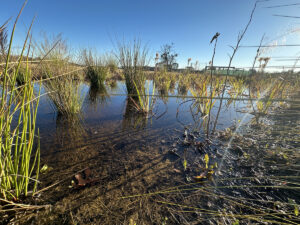
Rain Garden: before and after
December 21st 2023
